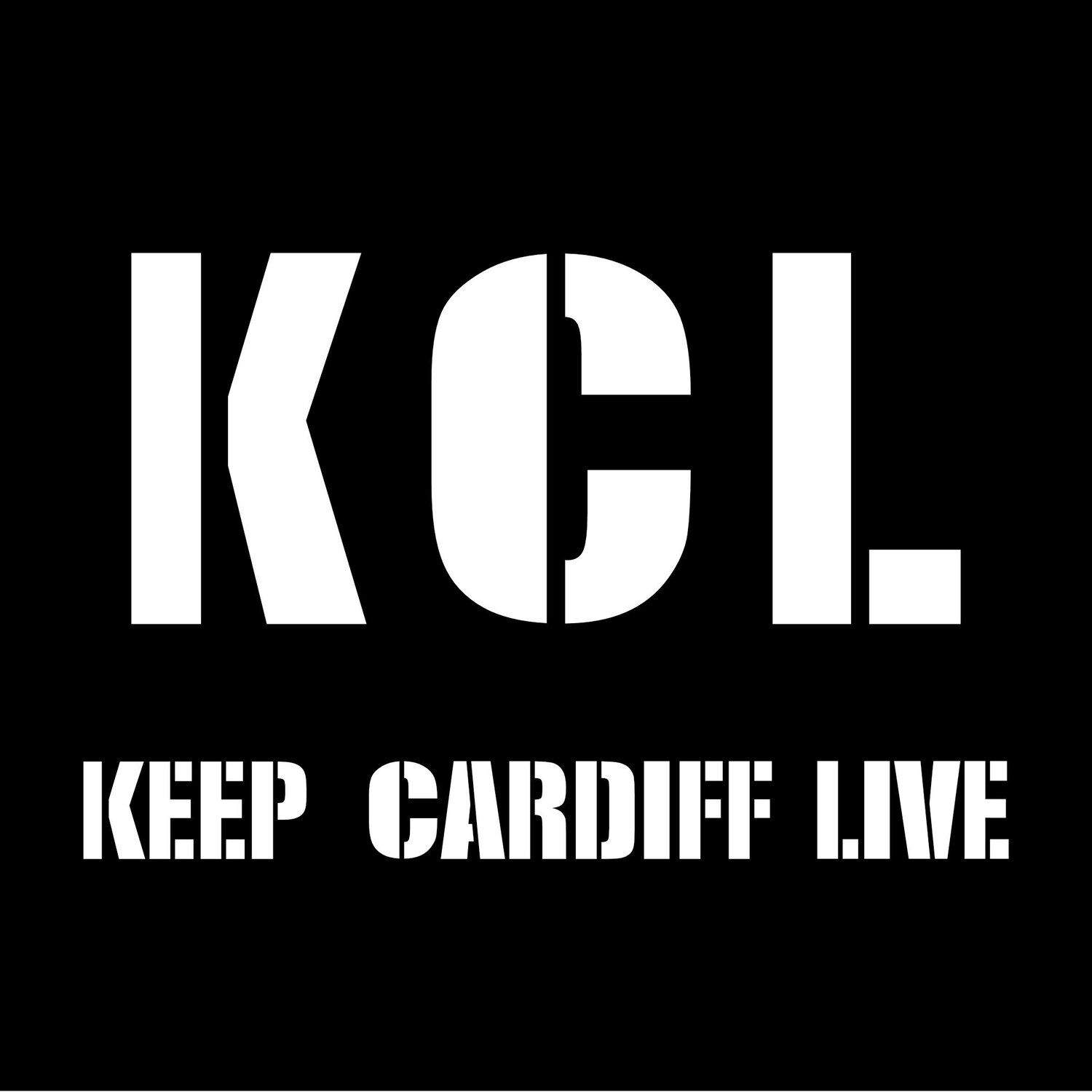Writer and broadcaster Nigel Crowle remembers back to a legendary concert in Wales – and a bizarre meeting at a petrol station.
THE odds were never in my favour – one million Led Zeppelin fans and only 20,000 tickets for this coming Monday’s much-anticipated reunion gig. I put in some hours in front of the computer, though. I kept clicking away in the hope of buying tickets, but no luck. I was left, Dazed And Confused, with just my fond memories of the World’s Greatest Rock Band.
Anyone who was at Cardiff’s Capitol Theatre on December 12, 1972, will remember that concert. It started in darkness with “Bonzo” Bonham’s relentless, thundering drum intro to Rock and Roll before the stage lit up. The Legend That Was (And Is) Jimmy Page slashed his majestic guitar riffs through the air, while the Quiet One (John Paul Jones) thumped his bass. All the while, frontman Robert Plant shook his shaggy mane like a lion on the pull, as he prowled the stage, cranking his voice effortlessly up to full-volume falsetto screech.
In 1972, the Zep were at the top of the rock game. Why were they so adored? Well, they ignored Top Of The Pops, refusing to release singles like every other group. They were bad boys, too – getting off with groupies and riding motorbikes up and down hotel corridors, probably at the same time. Page may have been a bit too keen on the mysteries of black magic, but that interest probably inspired the mystical Stairway To Heaven. It became a classic – a song the band eventually came to hate, but which wannabe guitarists have loved ever since. So why risk their awesome reputation on Monday by limbering up for their first full-length concert in 19 years?
It seems that the forthcoming concert is a one-off gig in memory of their Atlantic Records boss, Ahmet Ertegun. Jason Bonham is sitting in for his dad behind the drum kit, and let’s hope he’s not a chip off the old block when it comes to living life to excess. Let’s put it this way, Bonzo would’ve been a bit of a liability had he ever attended a vicar’s tea party.
I know it’s trendy for bands to re-form nowadays. You can’t move for Take That, Westlife, The Spice Girls or The Police putting aside their musical and personal differences and getting back together for a UK stadium tour.
I must confess, however, that I have a bit of an obsession with Led Zeppelin. Most days you can spot me striding around Cardiff with my cheese-cloth shirt flapping open to the wind and my jeans looking like they’ve been sprayed on. When Robert Plant dressed like that, he looked like a rock god. I’m simply wearing clothes much too small for me.
I have had my very own spooky brush with Led Zeppelin, though. It was one of those weird coincidences, too. It happened a few years after the Zep played their last full concert in 1980, in Berlin.
At the time, my wife and I were living in London, and on one of our trips back home to see friends and family we ran low on petrol. We’d stopped at a garage near Monmouth and I was halfway out of the car before I realised who was striding towards me, across the forecourt. “Look! It’s Robert Plant!” I gibbered at my wife. “Nothing spooky about that,” you might say, and you’d be right – were it not for the fact that at that exact moment, the all-time classic Zeppelin track Rock and Roll was blaring from my car cassette player.
So I scrambled out of the car and rushed over to him and, falling to my knees, gushingly said to him, “Robert, I’m a huge, huge fan of your work. Led Zeppelin were the finest rock band in the world. In 1972, I saw you at Cardiff’s Capitol Theatre. Tickets were £1 and it was the best concert I’ve ever seen. Thank you so much for all the happy musical memories you’ve given me.”
Only I didn’t say any of that. In fact, I didn’t say a thing. I just grinned inanely. I was so star-struck by my proximity to Robert “Lord Percy” Plant that all I could do was smile like a mentally deficient spaniel. Being temporarily deprived of the power of speech, I kept jerking my head towards the open car door, hoping that the great man would hear the tinny sounds of his musical masterpiece and recognise the coincidence. Needless to say, he didn’t.
To his credit, though, he also didn’t run away on being confronted by what must have seemed like a drooling, twitching simpleton on the other side of the pumps.
He smiled at me and cheerily said, “Tcchhh! Price of petrol nowadays, eh?” I nodded enthusiastically, but by the time I’d plucked up the courage to go into my fan’s spiel, Planty had driven off in a blur of denim.
All that lingered was a faint whiff of patchouli oil, mixing in the air with the petrol fumes. To quote the title of a track on Led Zep’s first LP, you might say I’d suffered a Communication Breakdown.
















